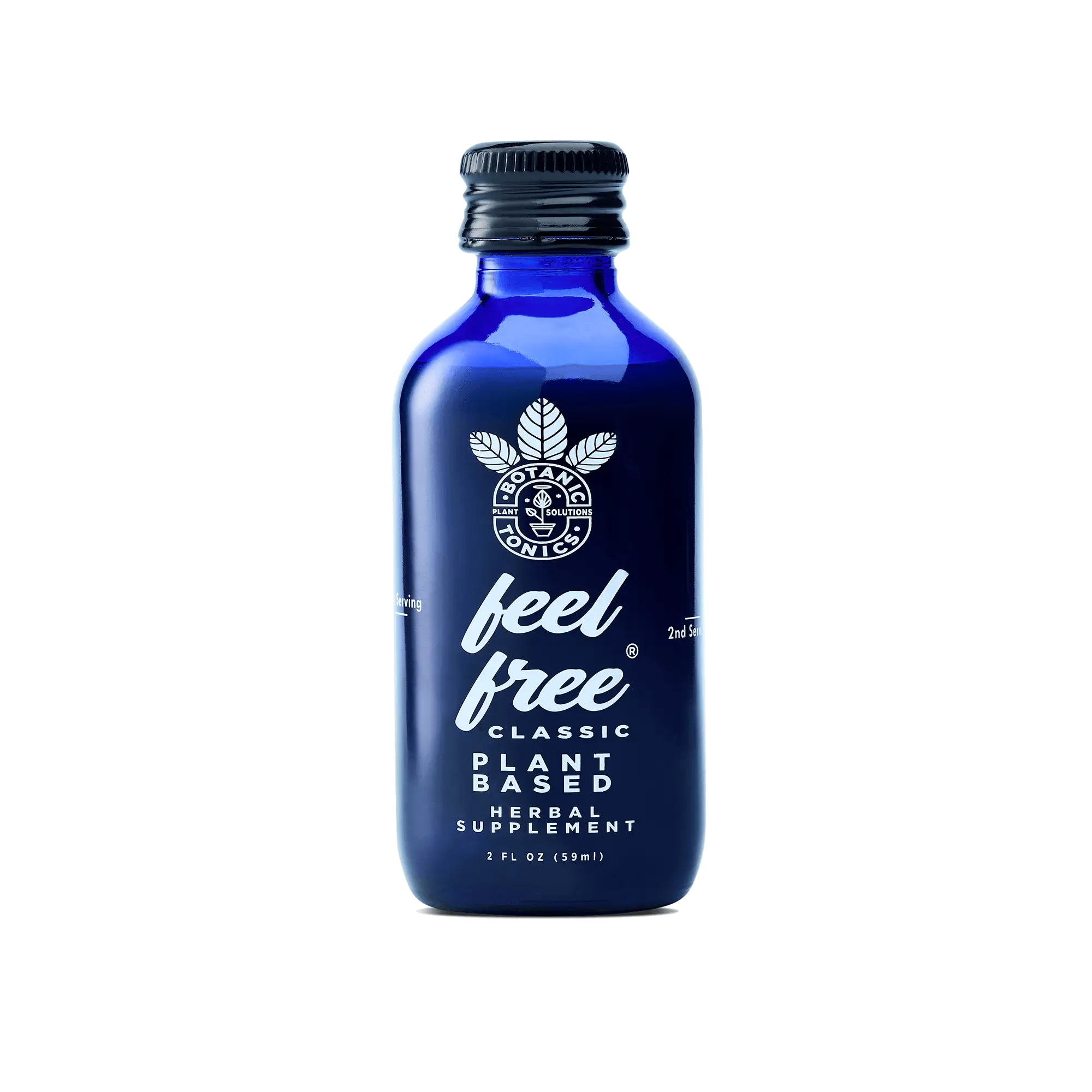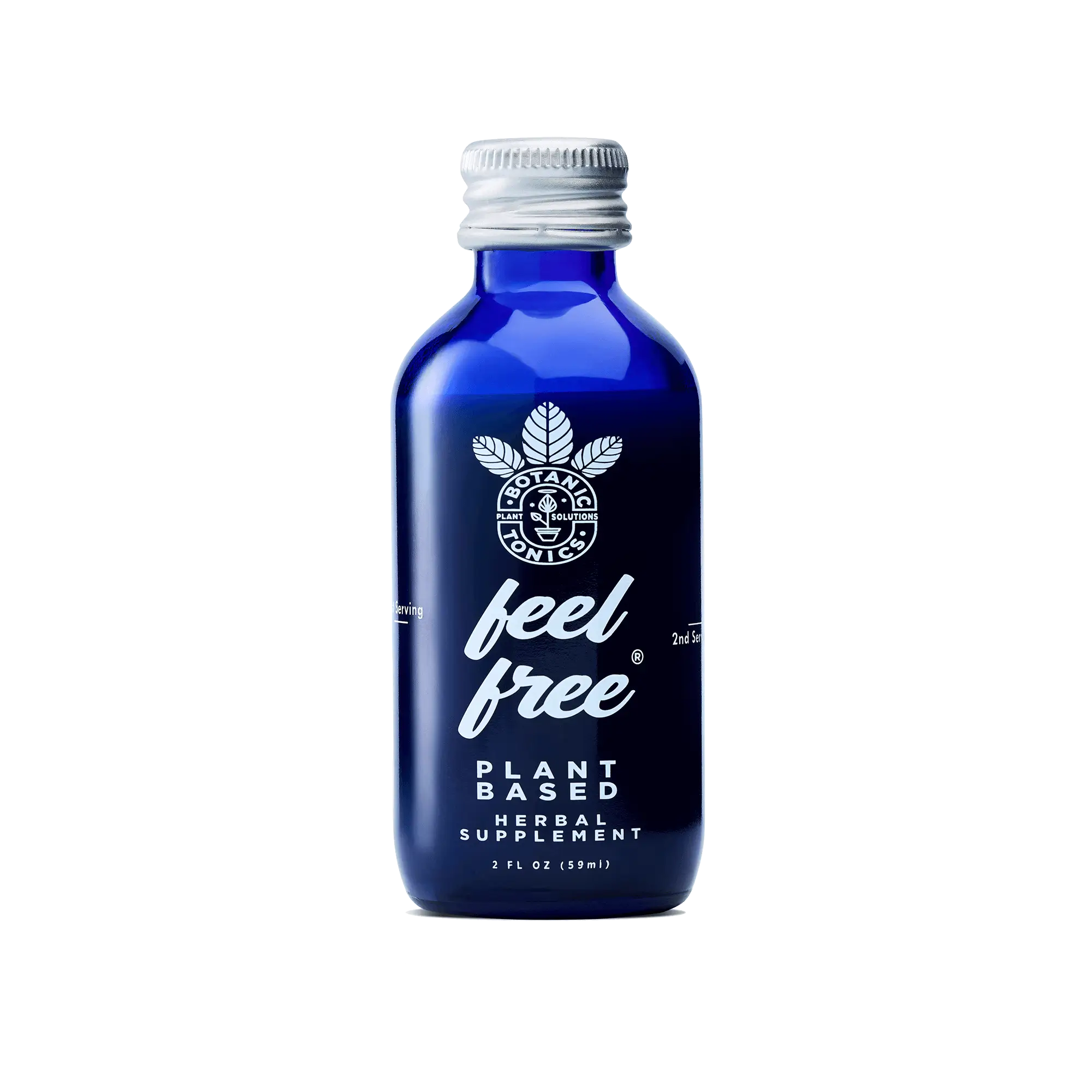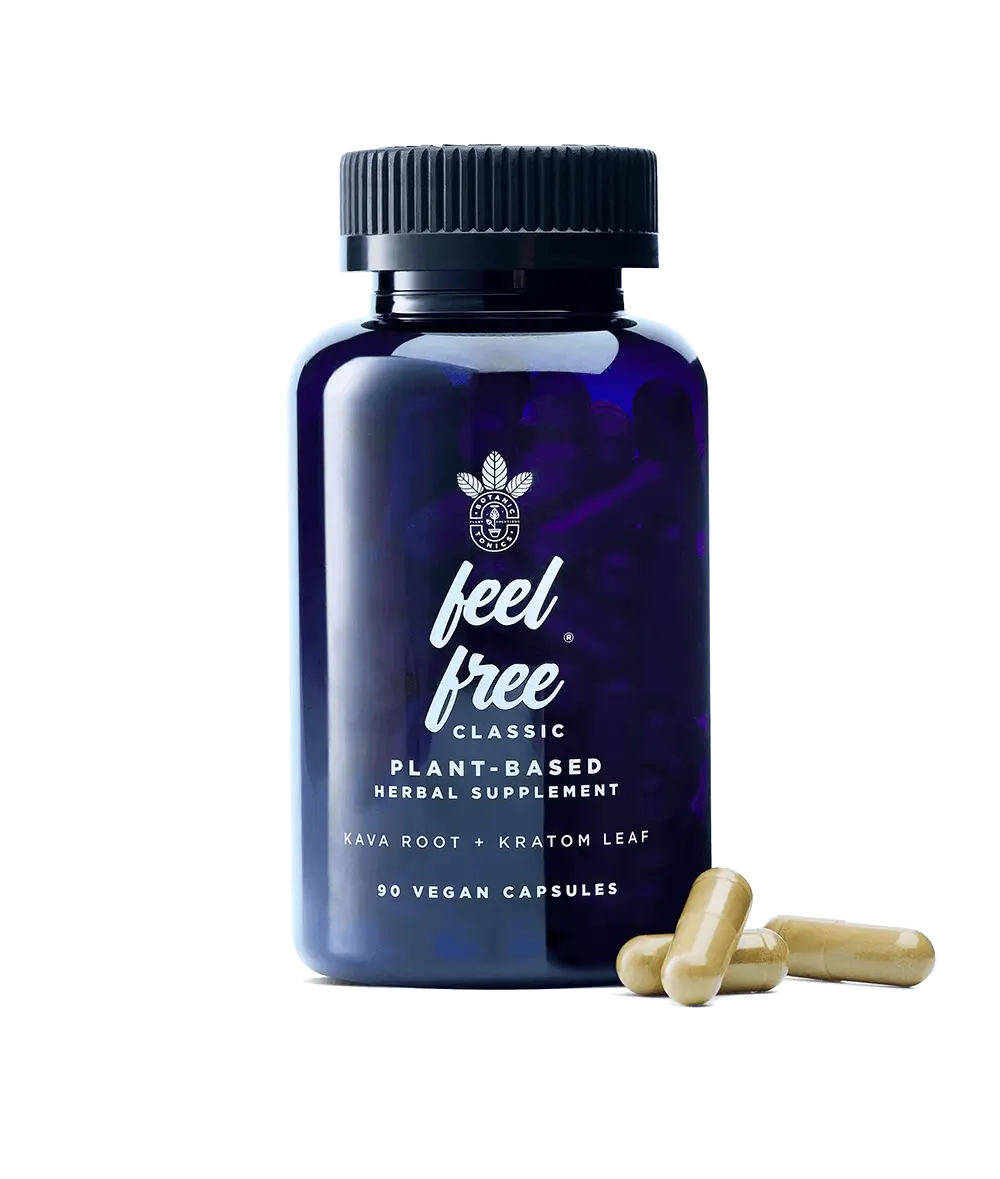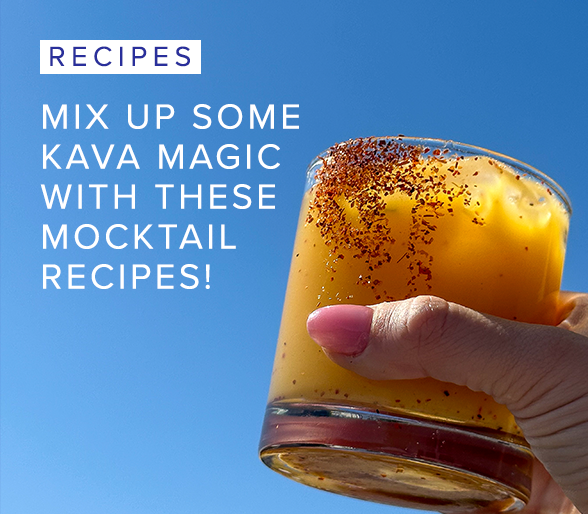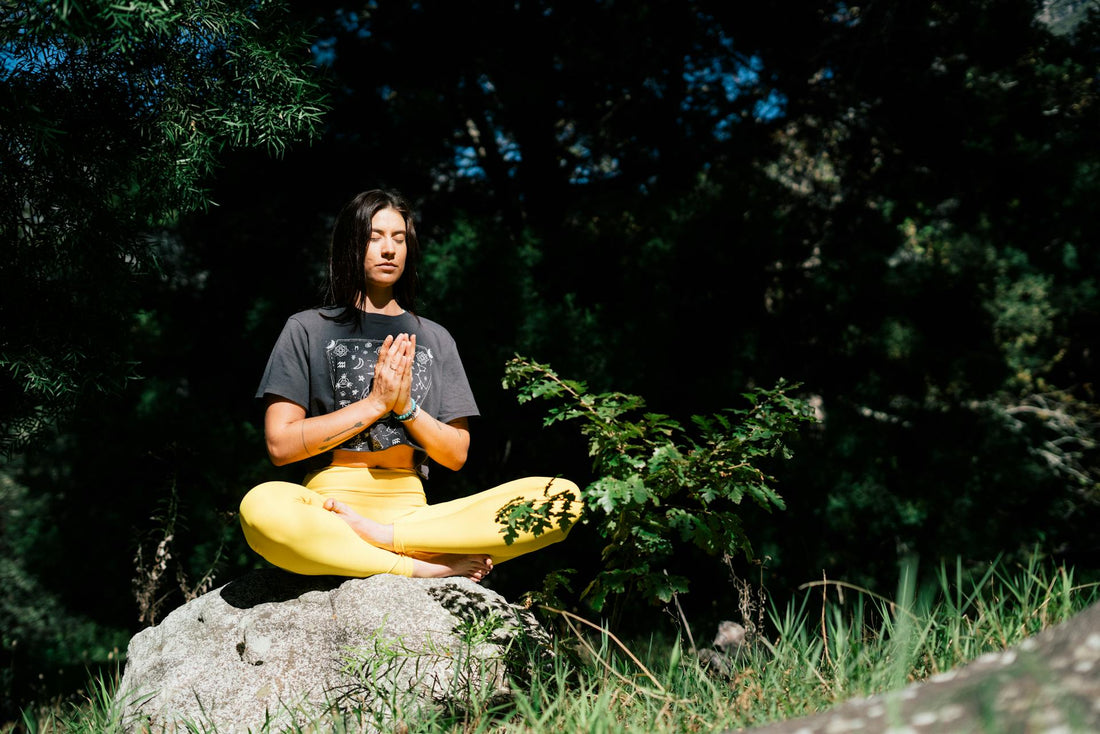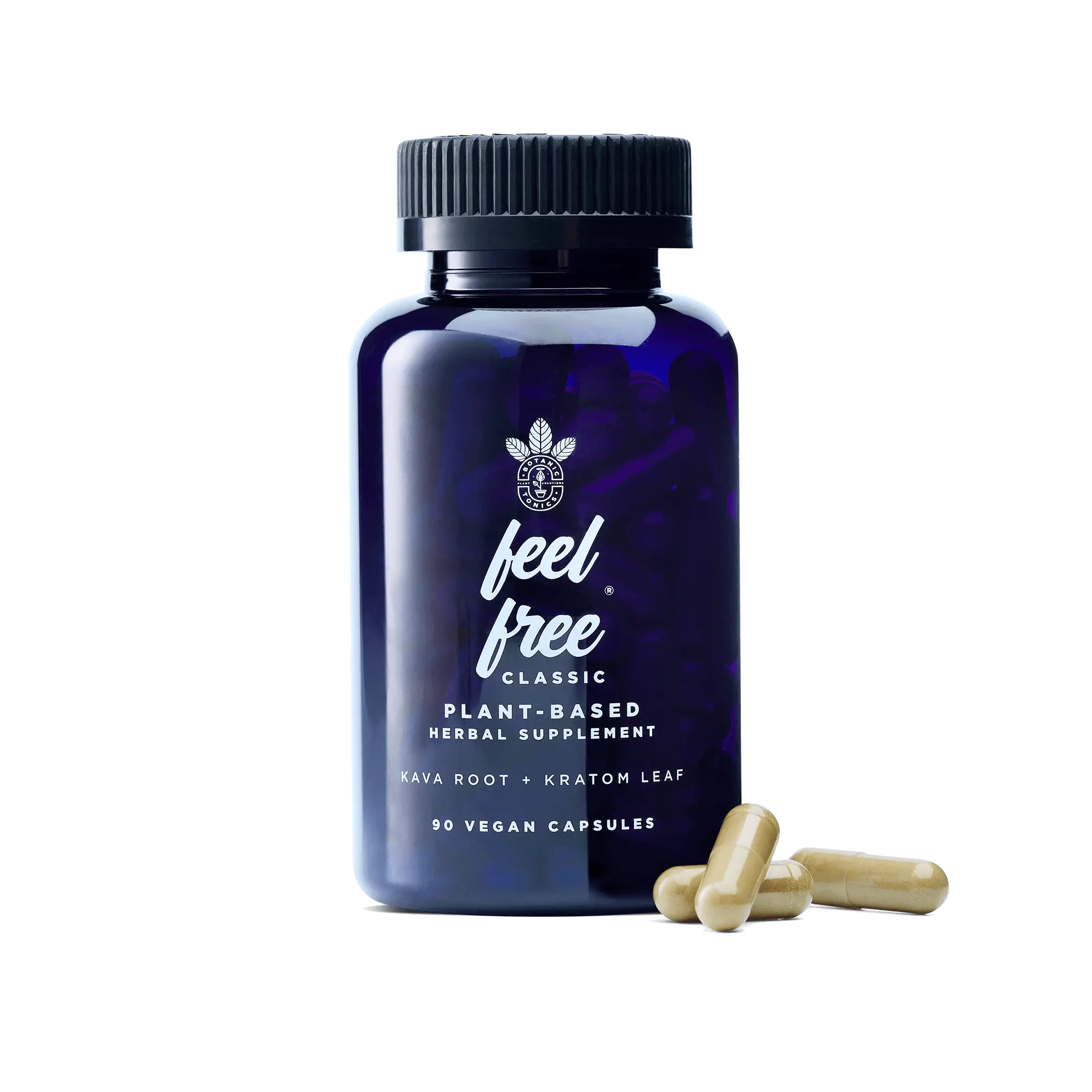For many centuries and in various cultures, people have practiced mindfulness to bring awareness, heighten attention, and provide a sense of calm. By definition, mindfulness derives from a Buddhist term Sati, which connotes awareness, attention, and remembering.[1] Practicing mindfulness can range from quick mindfulness exercises, as simple as taking a second to pause with a deep breath, all the way to extended periods of mindfulness meditation. Beyond these mindfulness techniques, herbal supplements such as kava or CBD, can aid in the journey towards developing a more mindful approach to daily life. Kava specifically has been used culturally as a muscle relaxant and as a remedy for anxiety, nervousness, and insomnia, making it a perfect addition to any mindfulness practice.[2]
Benefits of Mindfulness
The benefits of mindfulness include improving an individual's mental and physical well-being, as well as their other social relationships. In terms of mental health, studies show practicing mindfulness can increase awareness of thoughts and emotions, which also coincide with feelings of reduced stress, improvements in sleep, and positive changes in perspective of life.[3] When it comes to physical benefits, mindfulness has been attributed to a heightened focus on bodily sensations allowing for improvement in physical activity.[3] Lastly, practicing mindfulness can increase behavioral awareness and ground people in their communities, which can help boost engagement in social life.[3]
If you have a busy lifestyle or struggle with how to improve work-life balance, it's even more important to fit a short mindfulness exercise into your everyday routine. Below, we've outlined simple mindfulness exercises for those with tight schedules looking to develop or strengthen their mindfulness practice.
1. Mindful Breathing for Immediate CalmOne of the most effective mindfulness exercises is mindful breathing, which is the technique of using breath as the focal object of attention. To practice mindful breathing, you want to find a comfortable physical posture and establish a mindfulness anchor — in this case, deep breathing. To fully benefit from this mindfulness technique, you should work to maintain your breathing focus for at least five minutes, bringing yourself back to your breath every time your mind starts to wander. Mindful breathing exercises have been known to improve mental health by providing your mind with the space necessary to work through feelings and emotions as opposed to being clouded by feelings of stress. This allows the body to ease into a state of calm and relaxation.[4]
2. Sensory Focus Exercise to Ground YourselfSensory exercises are used in many instances to generate a sense of calm and naturally increase focus. To practice sensory focus exercises, you can pick any one of your senses, whether that be sight, hearing, or even scent, and choose an activity that can allow you to focus your attention on that physical sensation. For example, you could focus on your hearing, close your eyes, and play a specific nature sound, allowing yourself to focus all of your attention on the details of the sounds you are hearing while forcing yourself to draw back your attention to the sounds any time your mind starts to wander. Similar to the mindful breathing technique, these exercises allow your mind the space to pause, and release any cloudiness from occasional stress and occasional anxiety, resulting in a relieving grounded feeling.
3. Gratitude Reflections for a Positive MindsetGiven that the emotion of gratitude is closely correlated to psychological well-being, practicing gratitude reflection can increase optimism, enhance personal growth, and potentially even reduce stress and anxiety.[5] A great way to practice gratitude is through a gratitude journal, with which you can prompt yourself to answer questions like: “What memory are you grateful for?”, “What made me smile today?”, “What is something beautiful you experienced recently?”, or “What is a challenge that you are grateful for the opportunity to work through?”. This quick mindfulness activity can help to create a consistent habit of mindful appreciation, which will help develop a more positive mindset and improve ability to work through daily challenges.
4. Body Scan for Tension ReleaseBody scan meditation is beneficial for many reasons, including stress relief, tension release, identification of specific places of pain, and regulation of your emotional state.[6] To practice body scan meditation, you can start by finding a quiet and comfortable place and setting yourself up in a comfortable and relaxed position. Begin by closing your eyes and focusing in on your breath. Once your thoughts have slowed down, you can start focusing on each part of your body, starting from your top right side, looping down to your feet, and working your way back up to the other side, paying close attention to how your muscles and your limbs are feeling.
As you work through this process, you will start to feel heavy and relaxed, allowing you to release tension in each muscle group before bringing your mind back to the space you are in physically. To come out of your body scan, you can slowly begin to wiggle your fingers and toes, blink your eyes open, and bring your attention back to the space you are resting in.
5. Kava Break: A Natural Aid for Deep RelaxationWhile mindfulness exercises, such as mindful breathing, meditation, and body scanning are effective ways to decrease stress levels and find a sense of calm and relaxation, kava kava can also act as a natural aid to find a sense of peace in your daily activities. Kava has been used for centuries as an herbal remedy that works as a relaxant, pain reliever, and anxiety minimizer.[7] Consuming something like Botanic Tonics’ kava tonic or kava capsules in conjunction with quick mindfulness exercises as part of your daily routine can aid in occasional stress relief, provide a sensation of groundedness, and derive a sense of calm in the midst of your busy life.*
6. Quick Visualization Techniques for Stress ReliefVisualization is a quick and effective way to achieve mindful immersion through mental imagery. This mindfulness exercise involves envisioning specific imagery, whether it be of a calming nature scene or a projection of where you'd like to imagine yourself in the future, allowing more space for stress relief and anxiety reduction.[8] A guided meditation may be more friendly for beginners and provide a descriptive scene to reach a state of serenity or to achieve your goals.
7. Mindful Movement to Energize Your DayIncorporating mindfulness and movement is also an effective way to naturally increase energy and provide stress relief. One of the best ways to practice mindfulness is through yoga practice, specifically a practice that is guided. At many yoga studios you can find 45-60 minute yoga classes, which range from stretching and breath work, to more cardio-focused flows, and even to muscle sculpting. Pilates is also a fantastic form of mindful movement that can help pause your mind in the moment while energizing yourself through the release of endorphins that comes after a difficult workout. Even mindful walking throughout your day, or taking a break for an intentional walking meditation, can be an excellent mindfulness technique to add to your repertoire.
Carving Out Time for the Present Moment
Whether you have 5 minutes every day or an hour every day to dedicate to your mindfulness routine, the benefits are worth the time investment. Through practice, cultivating a mindful approach to life can make the busiest days feel more calm. Even simple mindfulness exercises can help generate a positive mindset, release occasional stress and tension, and even improve your physical and social well-being. Herbal supplements, such as kava, only make your journey to mindfulness that much more accessible.
To add kava into your mindfulness routine, take a look at Botanic Tonics.
Sources:
- Christopher Germer, Ph.D. What is Mindfulness? Insight Journal 2004. https://www.drtheresalavoie.com/storage/app/media/insight-germermindfulness.pdf
- Bian, T.; Corral, P.; Wang, Y.; Botello, J.; Kingston, R.; Daniels, T.; Salloum, R.G.; Johnston, E.; Huo, Z.; Lu, J.; et al. Kava as a Clinical Nutrient: Promises and Challenges. Nutrients 2020, 12, 3044. https://doi.org/10.3390/nu12103044
- Parra, D.C., Wetherell, J.L., Van Zandt, A. et al. A qualitative study of older adults’ perspectives on initiating exercise and mindfulness practice. BMC Geriatr 19, 354 (2019). https://doi.org/10.1186/s12877-019-1375-9
- Ping Lei Chui, RN, BNSc, MMedSc, PhD, Suetyen Wai, MBBS, Lee-Lee Lai, MMSc, Mee Hong See, MD, and Seng Beng Tan, MRCP et al. Mindful Breathing: Effects of a five-minute practice on perceived stress and mindfulness among patients with cancer. https://www.researchgate.net/profile/Lee-Lai/publication/350560281_Mindful_Breathing_Effects_of_a_Five-Minute_Practice_on_Perceived_Stress_and_Mindfulness_Among_Patients_With_Cancer
- Amy Mattila, Elizabeth D. DeIuliis, Retta M. Martin, Jemma Grogan et al. Mindfulness in the Occupational Therapy Classroom: Infusing Grit, Gratitude Practice, and a Growth Mindset into OT Education. Journal of Occupational Therapy 2020 https://encompass.eku.edu/cgi/viewcontent.cgi?article=1303&context=jote
- Jonathan Gibson. Mindfulness, Interoception, and the Body: A Contemporary Perspective. Frontiers in Psychology 2019 https://doi.org/10.3389/fpsyg.2019.02012
- Deana Goldin, PhD, DNP, APRN, FNP-BC, PMHNP-BC and Deborah Salani, DNP, PMHNP-BC, APRN, NE-BC et al. Calm Down with Kava: What Clinicians Need to Know. Journal of Psychosocial Nursing and Mental Health Services2022 https://doi.org/10.3928/02793695-20220523-02
- C Wood et al. Mood Change and Perceptions of Vitality: A Comparison of the Effects of Relaxation, Visualization and Yoga Journal of Royal Society of Medicine 1993 https://doi.org/10.1177/014107689308600504open_in_new
